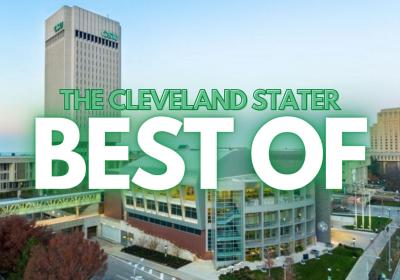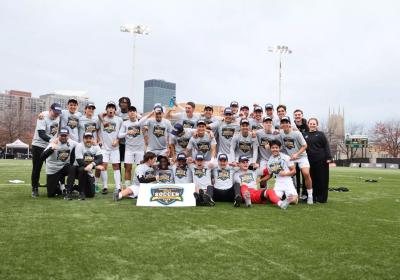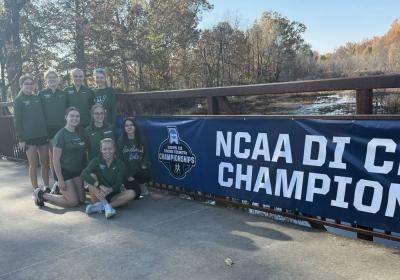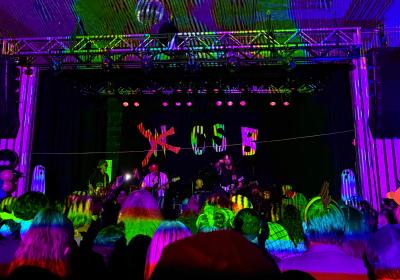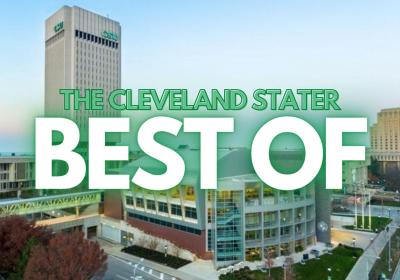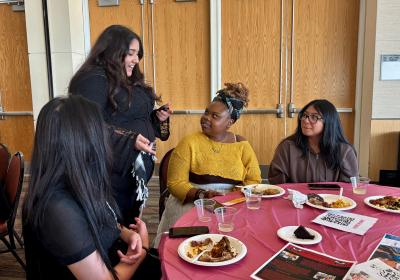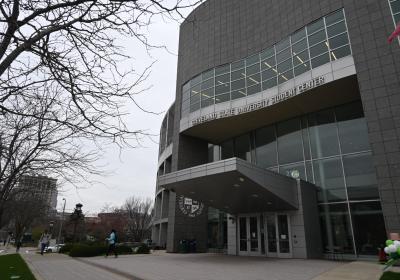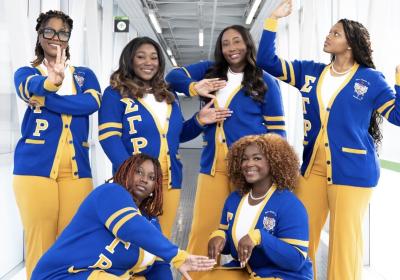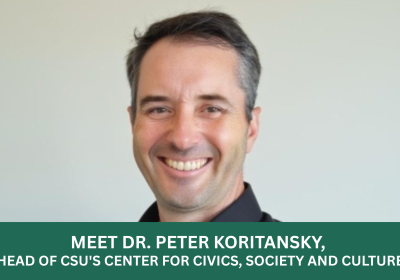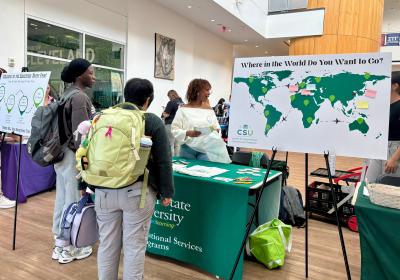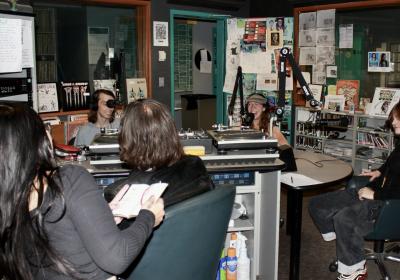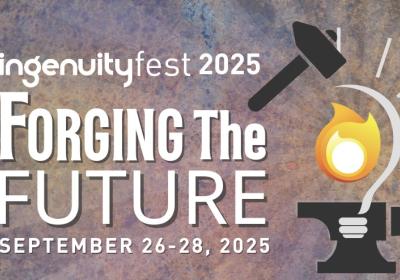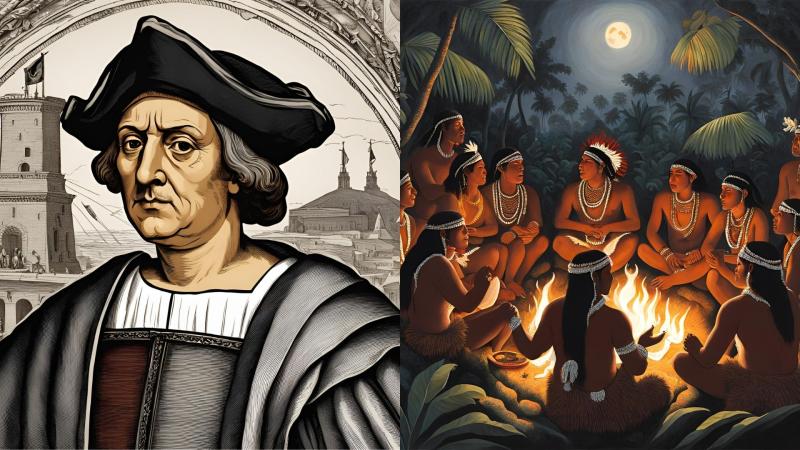
How Columbus Day became Indigenous Peoples’ Day
Across the U.S., many cities and states are replacing Columbus Day with Indigenous Peoples' Day, a shift that honors Native American history and culture while addressing the legacy of colonialism and historical injustices linked to Christopher Columbus.
Cleveland State University is observing Indigenous Peoples' Day / Columbus Day on Tuesday.
Origins of Columbus Day
Christopher Columbus (1451-1506) was an explorer who completed four Spanish-backed voyages across the Atlantic Ocean which ushered in a new era of European exploration and colonization of the Americas.
Historically thought to be Genoese, new research suggests Columbus may have been a Spanish Jew. If the new findings are correct, the man who played a central part in the creation of Spain’s overseas empire hailed from the community that his patrons, King Ferdinand and Queen Isabella, expelled from their kingdom in the same year Columbus reached the Americas.
The first recorded celebration of Columbus Day took place on October 12, 1792, and was hosted by an organization called the Columbian Order of New York and commemorated the 300th anniversary of Columbus’ landing in the Americas.
The first time Columbus Day was recognized as a statewide statutory holiday was in 1907 in Colorado. In 1934 as a result of lobbying by the Knights of Columbus, a Catholic fraternal order, a request was accepted that the president of the United States would make a yearly formal proclamation designating October 12 as Columbus Day.
By 1971, Columbus Day was designated a federal holiday. The holiday holds cultural significance to many Italian Americans who see Columbus as a symbol of their heritage. During World War II, many Italian Americans were interned and lost their rights as “enemy aliens.” On Columbus Day in 1942, President Franklin Delano Roosevelt repealed that designation and presented a plan to offer 200,000 elderly Italian Americans citizenship, which furthered the ethnic group’s connection to the holiday.
The state capital of Ohio, Columbus, is named after the explorer.
Columbus, the Taino Genocide
In 1492, Columbus and his crew, backed by Spain, landed in the modern-day Bahamas. He baptized these islands “Hispanola.” Many native tribes already resided in these areas, including the Tainos. Scholars estimate that the Taino population could have been as many as 3 million before Europeans arrived.
The Tainos were an innovative people who learned to strain cyanide from yuca, developed pepper gas for warfare, built huge canoes large enough for more than 100 paddlers and played games with rubber balls. Columbus even noted in his diaries how impressed he was by the generosity of the natives.
Soon after a brief period of coexistence, the Spaniards began removing men from Taino villages and forced them to labor in mines and colonial plantations. Without the numbers needed to farm for their own people, Tainos began to starve. Diseases like measles and small pox brought by the Europeans decimated the native population. By 1514 the Taino population was reported to have reduced to 32,000, in 1565 the number was 200 and by 1802 the Tainos were declared extinct by Spanish Colonial authorities.
Scholars estimate that during the initial Spanish conquest of the Americas, up to eight million Indigenous People died, primarily through the spread of Afro-Eurasian diseases, wars, and atrocities. Definitions and exact figures are contested, but the population of Indigenous Peoples is thought to have shrunk in the region from approximately 145 million to around 7-15 million between the late 15th and late 17th centuries, representing a decline of around 90-95%.
Shift to Indigenous Peoples’ Day
In 1977 a United Nations sponsored group called the International Conference on Discrimination Against Indigenous Populations in the Americas began discussing the replacement of Columbus Day. In 1992 the U.S. Congress organized the “Quintessential Jubilee” in San Francisco to celebrate the 500th anniversary of Columbus’ landing in the Americas. In turn, the Bay Area Indian Alliance formed the “Resistance 500 Task Force” to promote the idea that Columbus's "discovery" of inhabited lands and the subsequent colonization of them had resulted in the genocide of Indigenous peoples because of the decisions that were made by colonial governments.
That year Indigenous Peoples Day was first celebrated in Berkeley, California. The city symbolically renamed the holiday “Indigenous Peoples’ Day”. Berkeley implemented city-wide programs in schools, libraries and museums to teach the real history of Columbus’ conquest.
In the years following many other cities began following suit. Local governments around the country began renaming or canceling Columbus Day and replacing it with celebrations of Native cultures or not celebrating altogether in observance of the atrocities committed against Indigenous people in the era of colonization.
Today, while not formally replaced with Indigenous Peoples’ Day, at least 12 states do not celebrate Columbus Day. Indigenous Peoples’ Day is not a federal holiday under U.S. law. But, in 2021 the Biden Administration formally recognized the day and the first White House proclamation on the holiday was released with input from Indigenous activists.
In 2020, Ohio renamed its state day of observance to Columbus Day / Indigenous Peoples' Day. The state's capital city stopped recognizing its namesake's day in 2018, and in 2020 designated the day as Indigenous Peoples' Day.

